The Haitian Times
www.haitiantimes.com
By J.O. Haselhoef
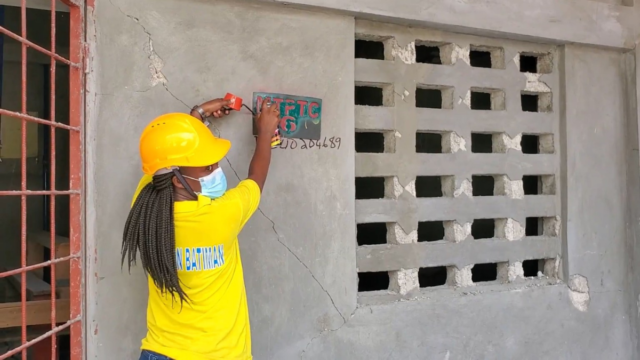
A building evaluator assesses an earthquake-damaged home in Les Cayes, Haiti, with equipment that measures the cracks and gives an estimate of the amount of material needed. At the end of the detailed assessment, the evaluator places a QR code on the entryway door.
The homeowner can then scan it with her smartphone to view the extent of the repairs and their status in the system. This is how Dr. Kit Miyamoto, CEO of Miyamoto International, describes the effort to help rebuild the town shaken by the 7.2 magnitude quake in August.
“Pretty ingenious, isn’t it,” says Miyamoto, whose company is contracted to work with Haiti’s Ministry of Public Works (MPTPC). “[Their] public works engineers are now using state-of-art, first-of-its-kind technology for post-disaster assessment.”
The three-month anniversary of the 2021 earthquake, in many ways, marks the transition between the past and present responses to Haiti’s natural disasters.
The Past: 2010, with its myriad of mistakes, after countless lives perished. No disaster response plan, poor building practices, lack of construction codes and millions of dollars — earmarked for the U.S. government’s promise to build back better — squandered.
The Present: 2021, with a different look from the outset. Again, too many people killed — almost 2,200 according to the Pan American Health Organization — and more than 130,000 homes damaged or destroyed. But, a markedly cautious response, by both the world and those on the ground in Haiti.
The reconstruction of homes, like those in Les Cayes, provides insight into the shift in approach and partnerships that seem promising. Organizations say they have learned what not to do to avoid the slow, unorganized and ultimately inept response of 2010. This time around, many say, the lessons learned have fostered a coordinated response and a willingness to work more effectively.
What remains to be seen is whether a significant amount of money — from government agencies or private donors — will be available to help homeowners looking to rebuild or start fresh, and local builders.
“We are trying to get some contracts in 2021, but that hasn’t worked yet,” said Romuald Dominique, president of OPADEL, a community-based organization in Lamontay that builds homes to fund agriculture and education interests. He’s looking for earthquake reconstruction work based on techniques his organization learned after the 2010 earthquake.
That year, OPADEL was a small association, helping to improve farming techniques in Lamontay, an hour’s ride from Jacmel. A French-based organization, Planete Urgence, one of the 10,000 non-governmental organizations (NGOs) that came to help Haiti rebuild, partnered with OPADEL. Together, they built earthquake-safe homes, free of charge to area residents.
OPADEL eventually developed its expertise and expanded into its own company. After Hurricane Matthew in 2016, the Haitian government contracted OPADEL to build 250 homes in Jeremie, hiring 600 workers primarily from its home base in Lamontay.
Smaller nonprofits take on new roles
In 2010, large international non-profits, with comparable fundraising coffers, pushed aside local groups. This latest disaster is different. Few behemoth nonprofits have responded this time, leaving the door open for funders to send money to the smaller nonprofits.
Pierre Oreus Jr. is program director of Youthaiti’s Center for Sustainable Development, a community-based organization in the earthquake-ravaged town of Duchity, five hours west of Lamontay. He reached out to Dominique, wondering if OPADEL had a subsidized reconstruction contract similar to the one that had paid for his own family’s house in Lamontay.
Youthaiti’s primary goal, before the 2021 earthquake, was working with youth on sustainable agricultural practices and sanitation. Youthaiti, like many smaller Haitian nonprofits, pivoted to help the community in another way: Raising funds to repair or replace 250 houses, 30 water cisterns and 10 community toilets.
Unable to afford OPADEL’s full price, Youthaiti bought sheets of tin for houses that in the past had rock or brick walls.
“The price in Les Cayes was close to 450 gourdes, up 50% from two years ago,” said Oreus, referring to about $4.50 at today’s exchange rates. “I’m hoping to find another solution or alternative [for] building homes in the future.”
Groups seek coordination for better results
OPADEL and Youthaiti might not see as much money from international agencies as they did in 2010. However, the Haitian government and outside contractors are available in a different form based on preparations made in the years right after the first quake.
Back In 2010, the United Nations Development Program (UNDP) led the UN’s recovery mission.
A report by the International Federation of Red Cross and Red Crescent Societies, an international network of humanitarians, analyzed the initial efforts and pinpointed areas for improvement. Among the recommendations: speeding up the time used for assessment, establishing building codes, making cash support and training available so homeowners could fix their own homes and increasing the role of Haitian decision makers.
Groups on the ground in Haiti adopted those findings soon after.
Miyamoto International, a global structural engineering and disaster-risk reduction firm based in Sacramento, California, had helped to assess 400,000 buildings since the earthquake in 2010.
Later, it worked with the U.S. Agency for International Development’s Bureau for Humanitarian Assistance (USAID/BHA) and others to train and certify hundreds of Haitian engineers in earthquake-damage assessment.
“[Just] as important, are the newly trained social management workers who will connect with the homeowners,” said Dr. Kit Miyamoto, CEO.
Build Change, a nonprofit organization based in Denver, Colorado, was another organization on the ground in 2010. Homes should be, “disaster resistant, culturally acceptable and affordable to the homeowner,” said Lizzie Blaisdell Collins, Vice President of Engineering. “The process should be homeowner-driven and ideally avoid temporary solutions.”
The NGO had enabled over 3,600 households to rebuild or retrofit their own homes and it, “developed training centers, where builders went to develop new or top off old skill sets,” said Collins. In some cases, the training occurred in already-established vocational schools.
Houses in Haiti often collapse due to the poor quality of construction materials used. Build Change worked with small- to medium-sized block makers to produce higher-quality blocks and helped create demand for those blocks.
Rebuilding activity ramping up, but funds slow
A few days after the August earthquake, the Haitian government launched an assessment of the disaster to help create a long-term recovery strategy, according to the UNDP, which helped develop the methodology. Funding from the United Nations, the European Union and the World Bank supported the study.
Miyamoto International is contracted to assess daily the condition of housing with a team of building evaluators — some already trained and others educated in the last few months. Miyamoto said their workforce of nearly 400, coupled with 200 social management workers, is on schedule to complete the assessment in four months.
“We’re completely ready this time,” Miyamoto said. “For the last 10 years, the whole sector has become much more prepared for today.”
Meanwhile, Build Change, which works in emerging nations recovering from housing and school collapses, is working on six homes damaged in the earthquake. It hopes to use them to demonstrate retrofitting or reconstructing techniques, then build a dozen more soon after.
The goal is to help homeowners understand the building process so they can hire a builder and track the construction process properly. Staff will also work with local block makers in the south of Haiti to ensure Build Change’s quality and production standards.

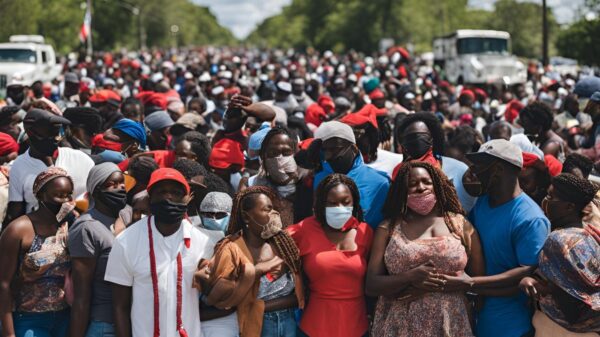



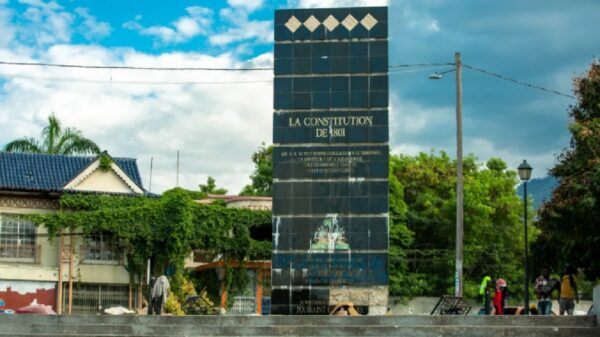
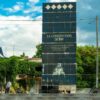
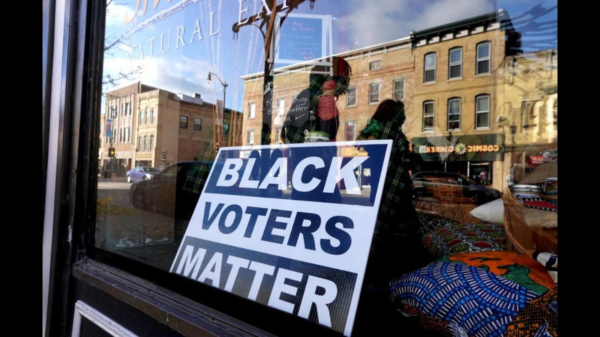

You must be logged in to post a comment Login